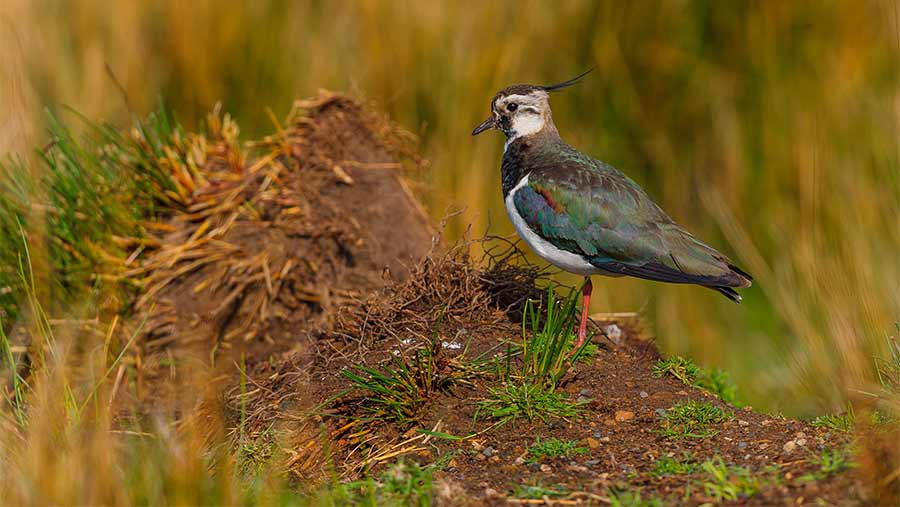Environmental Farmers Group expands in Midlands
 © Adobe Stock
© Adobe Stock The Environmental Farmers Group (EFG), a co-operative setup to help farmers generate and trade their natural capital, has announced a further expansion with the launch of a new Central England sub-group.
More than 170 farmers are involved, covering catchments in Northamptonshire, Leicestershire, Rutland, Lincolnshire, Cambridgeshire, Bedfordshire, Buckinghamshire and Oxfordshire.
See also: How trading natural capital can help recoup BPS losses
The new sub-group means that the EFG, combined with its sister co-operatives Peakland Environmental Farmers and Swaledale & Wensleydale Environmental Farmers, now covers 267,000ha, or 3% of England’s farmed area.
It comprises 560 farmer members (including those who have registered expressions of interest).
The group works in close co-operation with Natural Capital Advisory – a subsidiary of the Game & Wildlife Conservation Trust (GWCT), which provides an environmental auditing service and brokers trades on behalf of members.
So far, it has wrapped up at least one “nutrient neutrality” deal, worth over £1m, and has a “trading funnel” with another 22 trading opportunities, worth more than £25m, covering both water improvement options and biodiversity net gain.
Enthusiasm
GWCT chief executive Teresa Dent said: “It’s wonderful that such a large group of neighbouring farmers has shown enthusiasm for the concept of the rapidly expanding EFG.
“Given the group’s proximity to large industrial urban areas, there is huge potential for Central England farmers to play a key role in delivering statuary and voluntary environmental offsets, meeting and beating government nature positive targets in the process.”
Central England promises to have the largest geographical spread of all the EFG sub-groups, with the potential to cover 710,000ha.
By blending public and private finance, it aims to help farmers fill the future funding gap, with £125m due to be lost annually from Basic Payment Scheme payments in the Central England area alone.
The co-operative’s structure, made up of clusters of neighbouring farmers, ensures all members benefit financially to some extent from any trades done by the group.
However, the lion’s share of any money earned goes to those farmers who have actually undertaken the environmental improvements.
